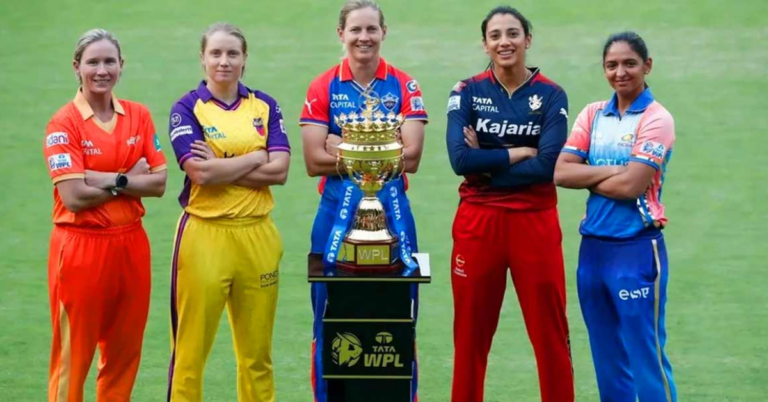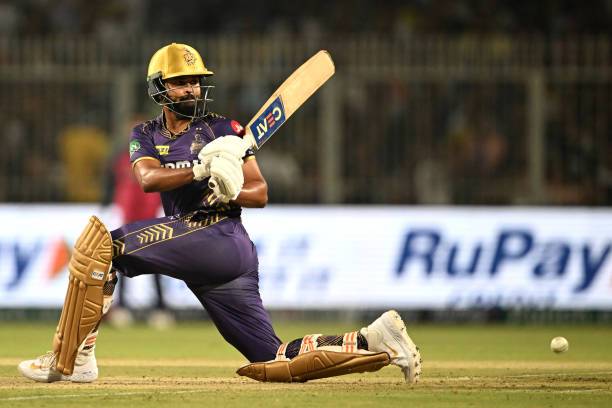IPL and Women’s Empowerment: Breaking Barriers in Sport
Betbhai9, King567:Women have been involved in sports for centuries, although their participation has often been overlooked or undervalued. In ancient civilizations, women participated in athletic competitions like the Heraean Games in Greece, which were held exclusively for women. However, as time progressed, societal norms and restrictions limited women’s opportunities to engage in organized sports.
During the late 19th and early 20th centuries, women began advocating for the right to participate in sports on equal terms with men. The first modern Olympic Games in 1896 did not include women competitors, but by the 1900 Paris Olympics, women were allowed to compete in a limited number of events. This marked a significant step towards greater inclusion of women in sports, paving the way for future generations of female athletes to showcase their talent and athleticism on a global stage.
Gender Disparities in Sports
Women have made significant strides in the world of sports, yet gender disparities still persist in various aspects of athletic competition. One prominent issue is the difference in prize money between male and female athletes, with women often receiving significantly less for winning the same events. This gap underscores the ongoing struggle for equal recognition and compensation in sports.
Moreover, media coverage of female athletes continues to lag behind that of their male counterparts, with women’s sports receiving less airtime and visibility. This disparity not only affects the popularity and marketability of women’s sports but also perpetuates gender stereotypes and biases in the industry. Addressing these gender disparities is crucial for creating a more equitable and inclusive sporting environment for all athletes.
Despite advancements, gender disparities in sports persist
Prize money for women athletes often significantly less than men
Media coverage of female athletes lags behind male counterparts
Disparities perpetuate gender stereotypes and biases in the industry
Addressing these issues is crucial for creating an equitable sporting environment
Challenges Faced by Female Athletes
Female athletes face numerous challenges in the world of sports, with gender discrimination being a prevalent issue that they have to overcome. One of the major challenges is the lack of equal opportunities and resources for female athletes compared to their male counterparts. This disparity means that women often have limited access to training facilities, funding, sponsorships, and media coverage, which hinders their ability to succeed and make a living as professional athletes.
Another significant challenge for female athletes is the prevalence of stereotypes and biases that undermine their achievements and abilities. Women in sports are often subjected to scrutiny based on their appearance, with a disproportionate focus on their physical attributes rather than their skills and accomplishments. This objectification not only diminishes their credibility as athletes but also reinforces harmful stereotypes that perpetuate gender inequalities in the sports industry.
What is the history of women in sports?
Women have been participating in sports for centuries, but they have faced many barriers and challenges along the way. It wasn’t until the late 19th and early 20th centuries that women began to break into competitive sports in a more organized way.
What are some gender disparities in sports?
Gender disparities in sports include unequal pay, lack of media coverage, limited opportunities for sponsorship and endorsements, and stereotypes that suggest women are not as capable or as interested in sports as men.
What are some common challenges faced by female athletes?
Female athletes often face challenges such as discrimination, lack of funding and resources, limited access to training facilities, and pressure to conform to traditional gender roles. They may also face harassment and abuse both on and off the field.







